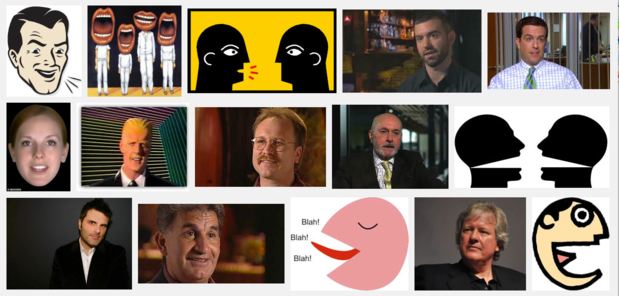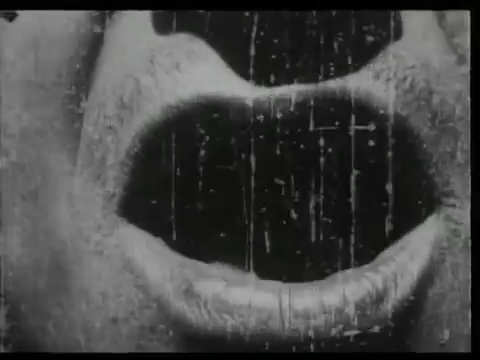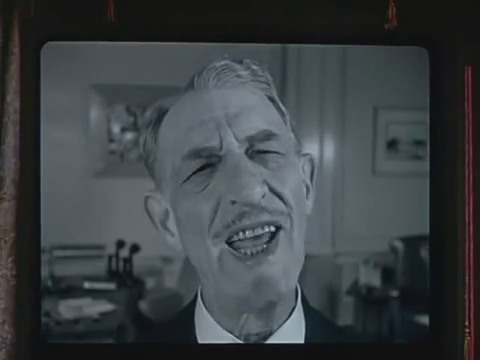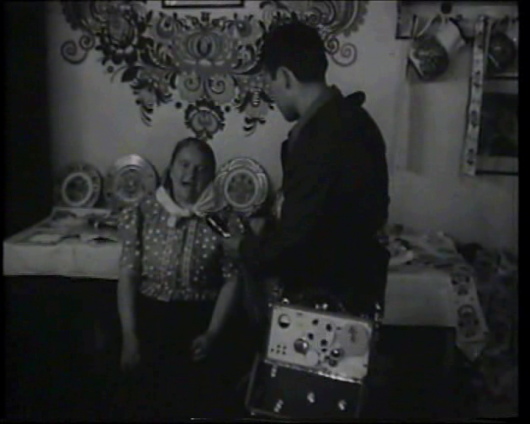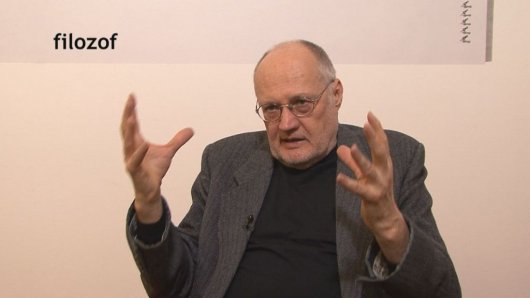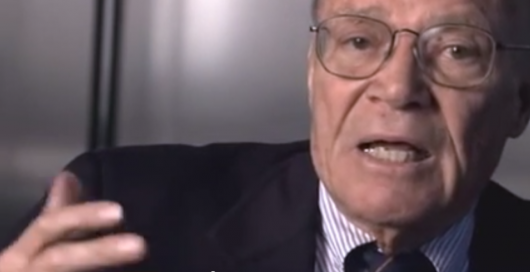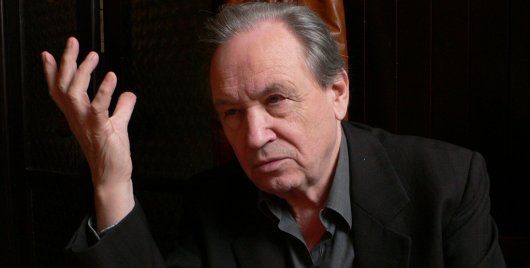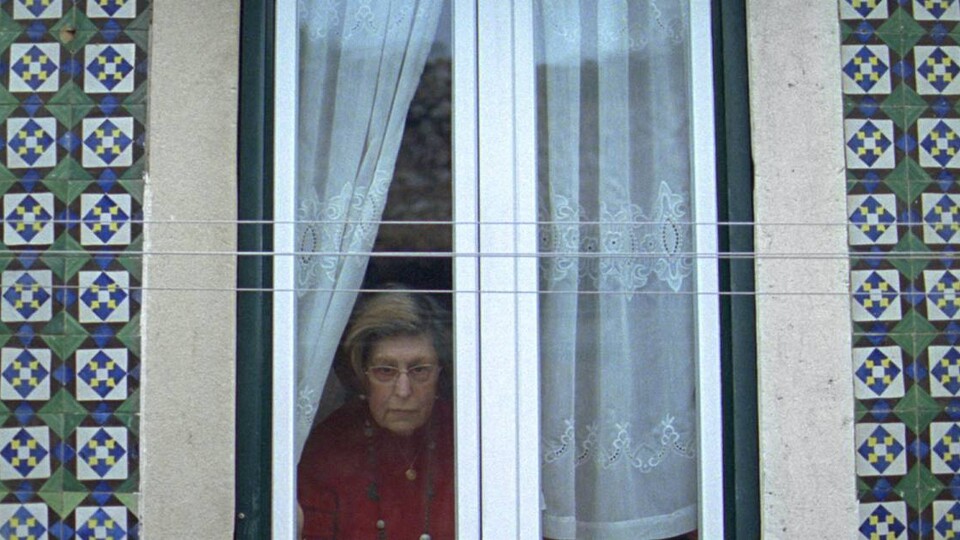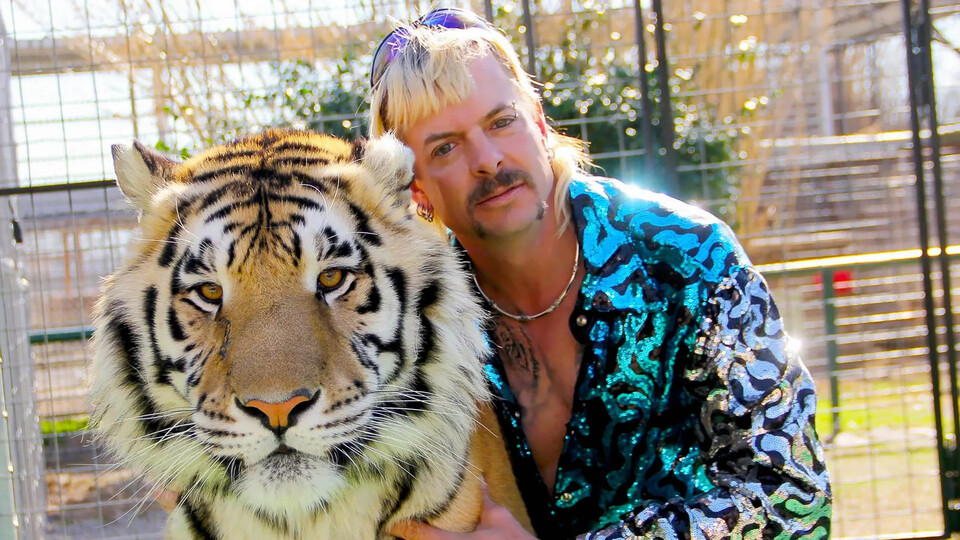The Dramatics of Talking Heads
The discovery of a film close-up was one of the first major milestones in film composition. The Brighton school and David Wark Griffith thus accentuated the position of a figure in the overall composition of the work, highlighting the landscape of their emotionality and the detailed portrayal of the characters, not to mention the new possibilities of establishing spatial links. The entire silent era was characterised by the enigma of a close-up of a face: it was a key factor in the birth of the phenomenon of film stars, intensifying the identification of the viewers with the characters, leading to contemplation on the photogenic qualities of the human face and numerous works of the Great Silent era which made the history of cinematography drew their poetics from the close-up of a face.
The introduction of sound in film is a turning point, of which the followers of the montage theory warned in their Manifest of Sound, with numerous other directors from around the world joining to sign. The breakthrough of sound technology in the silent and already rather complex realm of purely visual composition endowed cinematography with gravity, “grounding” and sensual naturalism, and posed a number of questions about how to work with the human face and human body in film under these new circumstances. The scary and often satirized symbol of this transformation stood at the cradle of the “talking head” – an entity burdened with physical presence, which limits the possibilities of poetic expression and layering of film narration. In 1930s, this spectre became a permanent shadow on the film skies and after the invention of TV, the term “talking head” became a symbol of the very opposite of film as an art form, particularly in the field of documentary film.
Despite these circumstances and on account of my long-standing fascination, I believe that “talking heads” have their place in the spectrum of artistic means of expression. However, they have been overlooked and, in many respects, not sufficiently explored. There are characters, situations and links to human experience, in the case of which it is might not even be possible to choose a technique other than that of the “talking head”. The aim of my article is therefore the analysis of the dramatic potential of the “talking heads”.
0a. Silent head
Basically, a two-shot and two-minute film The Big Swallow, 1901 by James Williamson is not only among the pioneering films that work with the depth of the field and a face close-up, but they are also, perhaps arbitrarily, an indication of the subsequent phobia relating to the phenomenon of the “talking heads”. Although in a silent film, we can see a man who keeps on talking and coming closer to the camera; his face on the screen is getting bigger and bigger. Eventually, all there is left to see is only the mouth which opens and swallows the camera together with the cinematographer. For a while, the mouth is munching and then receding again and the man – the “talking head” – continues his monologue...
However, these satiric puns made by the followers of the Brighton School, film enthusiasts from the south of England at the turn of the 19th and 20th century, remained in “splendid isolation” for the rest of the world for several more decades, so that the close-up on the head, and especially the extreme close-up of the face, could gain its serious and dramatic status only ten years later when David Wark Griffith employed this technique more consistently in one of his numerous short films The Lonedale Operator (1911). The close-up technique becomes the key element in films by Louis Delluc, Jean Epstein and Carl Theodor Dreyer, who in his contemplation consisting of close-ups and medium close-ups of a face recounts the final part of the story of Joan of Arc in The Passion of Jean D’Arc (1926). A close-up on the head and face also plays a key role in Napoleon by Abel Gance (1927), who phrases this type of a shot – using three screens for which the film was made – into a central grandiose and epic narrative.
The Big Swallow, (J. Williamson, 1901)
0b. Sound head
The introduction of sound film still allowed for the utilization of silence and the face, as is employed in numerous creative poetic styles. Equally, it can be observed that the occurrence of “talking heads” in cinematography takes on the form of various and unique modalities. The famous film by Gene Kelly, Singin' in the Rain, features a scene from a party thrown by a Hollywood producer, who, in the company of silent film stars, introduces a new invention – sound film. The screen shows a single shot, in which a man approaches a camera, becoming a “talking head”, and briefly describes the substance of the new invention. The guests are mostly disgusted. With the introduction of the TV media, the “talking head” conquered an entirely new domain. Unlike cinematography, “talking heads” become a fixed part of some TV genres / formats (news reports, discussions, etc.), thus – often without further differentiation – and accentuating the negative connotation and caution regarding the use of this media in film, or as means of artistic expression.
And yet it was incorrect to a priori reject this type of audiovisual situation as non-artistic. On the contrary, it can be proven that some modalities of this type are capable of bringing equally intense experience and testimony of (human) existence thus turning the “talking head” into a legitimate artistic method.
Before investigating the typology of these modalities, let us explore the physical aspect of the “talking head” and, at the same time, its relations to human identity. It is clear that unlike other parts of the body, the head, or the face forms an irreplaceable and unique part of each person. Although there are other individual features, from physical to non-verbal expressions, the face represents a specific expression and a metonymy of a unique human being, often also of its character and almost always of the experience it has gained.
If a filmmaker faces the question of how to come to terms with the exposition of a human being in the film, he or she addresses analogical problems as a painter who works with a figure. A documentary portrait may be taken as a significant example, where the filmmaker faces a person who can be exposed and reflected in the film from three different perspectives, forming different identities of each person, although the borderline between them is blurred.
Singin' In The Rain (G. Kelly, S. Donen, 1952)
A/ It is clear that SOCIAL IDENTITY is the first one to emerge. Its symptoms include typical rationality and communication, qualifications and expert competences, profession and a set of constant behaviour as part of the process of adaptation and conformation with its environment. This identity undoubtedly covers the entire phenomenon of the elusive aura of personalities who are popular and loved for their music and dancing or singing talent or acting skills. This type of identity is exposed wherever a man enters the media image representing his or her profession, function or expert competence and this identity prevails for such film portraits where a person is confronted with the foundation of this aspect of his or her personality.
These portraits are indeed most common, in a way being a response to the social demand for the formulation of the image of persons with strong collective identity, which tends to feature a profound storyline and history of its development, into the form of a film.
B/ PERSONAL IDENTITY is naturally the aspect that appears in each case when a person is approached in a way mostly represented by a film portrait. It may even be said that the film portrait of a person with a distinct social identity is powerful and attractive due to the fact that it also exposes and reveals the personal identity of the person concerned, in a sort of a “look behind the scenes”. Let us recall the simple Zen-like portrait of Václav Neumann by Evald Schorm – Etude from Rehearsal, consisting of Neumann’s striking performance behind the conductor’s counter (exposing his social identity) and several cut-ins of a fragmentary interview in his dressing room, where he speaks about his feelings and uncertainties (personal identity).
By counterpoising these two perspectives, the experience, already extremely powerful, of his performance as a conductor gains another dimension, in which his dramatic personality is revealed in its entirety.
C/ INTIMATE IDENTITY is naturally rarely encountered directly because it is revealed especially in the moments when persons are themselves, or with the one with whom they form “one body and one soul”. And yet, this sphere is the source of most of the emotions, more profound level of experience of dramatic events and human relations, which on their innermost levels concerns sexual and spiritual depths of each of us. No surprise that this type of a fiction film, based on the exposition of human behaviour in interpersonal relations, thus often oscillates between the effort to capture the intimate and the personal identity of the characters. A certain level of complexity will only be reached if it also exposes their social identity (indeed, if other conditions are met too).
There are numerous methods in which the exposition of identities manifests itself in the film: it does not have to be – especially in the form of a documentary – only the behaviour of persons in certain situations. They also open up through the symbolic character of the environment surrounding the characters: objects relating to personal events and memories of the person concerned, things that form a natural part of his or her environment, especially those created by the person – statues, paintings or, e.g. products turned on the lathe. And finally: these layers will also be exposed through “talking heads”, while I believe that the following revelation of the exposition of various layers of human identity will enable to better interpret and distinguish between various modalities of this method of recording characters:
1a. Descriptive / rational head
The audiovisual operation most often features the descriptive or rational head, in its most limited form: as a presenter / news reporter. In this sense it represents all signs of stable and constant social identity, which are visible in reality: presenter in a studio – i.e. institutional environment – takes on a neutral “dress code” of a serious situation, thus expressing the conformity with the institutional environment and its rules. Any personal non-verbal expressions, experiences and emotions are suppressed. This presentation expresses the status of never losing one’s head. The speech is impersonal and highly comprehensible and tries to express phenomena and facts as to achieve maximum agreement in relation to the ultimate understanding of their sense and meaning with all recipients of the message. It expresses a particular level of objectivity. Expert speakers represent a similar code – they come to the studio to share information from reports or appear “live” in the broadcasting, and at the same time (similarly to reporters in the field) they also act as a special feature of this communication situation, for example, by not wearing a suit or using some idiosyncratic features during their expert and rational discourse.
Since the presenters also act as hosts of these performative extensions, their conduct as well as external characteristics express the prevailing communication code fulfilling the institutional-corporate idea regarding objective and neutral identity, in which a person is reduced (or, in other words, self-disciplined) to the core of his or her expert skill, while suppressing, if possible, all emotional expressions and personal experiences.
The descriptive/rational head does not only take on forms corresponding to this set of examples. This kind of objectification of a human being may also happen simply by recording a person who is too cautious and anxious in front of the camera and becomes overly matter-of-fact and descriptive, which – in the absence of presenter skills – comes over to most of the viewers as “boredom”. Authors who fail to take this spiritual state – in addition to the subject matter aspect of the utterance – for the basis of the reflection upon the limits of this performative situation, are thus underpinning the continuation of bad reputation of the “talking heads”. A creative example of the reflection of objectification is e.g. a scene from Karel Vachek’s film Moravian Hellas portraying a successful decorator of folklore artefacts, who through a matter-of-fact description presents her living space, her work and the characteristics of the appreciation of her art abroad. The level of objectification of oneself in this situation without further comments becomes the expression of a counterpoint to the state of affairs opposing the officially proclaimed vitality and authenticity of folk art, which is also the topic of the entire film and the completion of its subversive potential, which, at the time, led to its ban. This overall expression is naturally supported also by the fact that this is not a genuine case of a “talking head”: the woman is recorded in motion in her environment, although it is otherwise entirely impersonal.
Moravian Hellas (K. Vachek, 1963)
Nevertheless, the above-mentioned scene depicting a party in the film Singin' in the Rain shows a genuinely descriptive/rational head in the film frame, and what’s more – it is directly a sign representing imminent boredom and grounding the airspace of the Great Silent film. And, concurrently, it is not omitted from the entirety of the traditional gripping film narrative. This very example ironically presents the “talking head” as an issue, at the same time showing one of the many possibilities of avoiding the problem it warns about.
1b. Rhetoric head
We can see the head of a man with a very odd shape and expression who is meticulously trying to articulate every word speaking in a strange tone. We are dazzled by abundant gold in his repaired teeth, watching his fascinating face that keeps on talking and it does not really matter how long the speech is. It is obvious that Kelly and Donen have introduced a person who revives the photogenic issue also in the sound film – and newly also the phonogenic features. In this relation, Eisenstein’s theories about attractions or Benjamin’s idea of aura come to mind. Or, in other words: the old Quintilian series of rhetoric actions is restored, which, however, does not end at the stage of elocutio as in the case of the descriptive/rational head, which presents a text in a standardized manner, but space is also given to actio, with the rhetorician adding his unique expression to the text as it is, the impact and convincing character of which lies beyond words.
This “talking head” should therefore be called the RHETORIC HEAD. This modality entails the possibility of making even a purely rational speech spectacular and bringing thoughts to life in another dimension thanks to the impression the speaker makes. More than three-hour-long film by Richard Brouillette, Encirclement – Neo-Liberalism Ensnares Democracy (2008), which has won much acclaim at numerous festivals around the world, is a black and white sequence of “talking heads” divided into chapters, only at times interspersed with cut-in shots of a basically illustrative nature. Not less fascinating is the documentary – or, basically, a recorded lecture – by the American economist Richard Wolf called Capitalism Hit the Fan (otherwise an authorial film by Sut Jhally). I myself attempted to anchor this position in the explicating inserts of Ilona Švihlíková, Václav Bělohradský, Jan Keller and Tomáš Tožička in the film Race to the Bottom (2012).
Race to the Bottom (V. Janeček, 2011)
This film features one more type of a “talking head”, which could be called:
2. Testifying head
The monologue flowing from the mouth of this “head” brings deep personal experiences up to date and its testimonies form a gripping narrative. Determined by the character of the story, the filmmaker does not allow the viewers to take their eyes off of the mouth of the narrator. This need not only cover experiences on the level of personal identity, as, for instance, the narration of the unemployed in Race to the Bottom, but also a personal confession, which, on the inside touches upon the very bottom of human existence and, on the outside, comments on the great social history.
The speech by Yehuda Lerner in Lanzmann’s Sobibor, Oct. 14, 1943, 4 p.m., may serve as an example, spanning almost three hours by describing the uprising of several Jewish prisoners in the Sobibor concentration camp. Some of them managed to escape and only a handful survived until the end of the war. The film, which is sometimes justly considered much more thrilling than all films by Alfred Hitchcock, shows of a single “talking head” and few very loosely illustrative cut-ins.
Together with the lens of the camera, we witness a riveting story, while the eyes of the narrator are looking parallel with the axis of the lens, at the director who is standing behind the camera. However, personal confession is intensified if the narrator looks directly into the centre of the lens. This causes technical difficulties, as it is only rarely that a personal narration does not require eye contact between the narrator and the listener.
This inspired Errol Morris to develop a special device that uses the reader of TV news captions, projecting his own image instead of the captions on the level of the lens. Therefore, the captivating confession in the film Eleven Lessons from the Life of Robert S. McNamara (2003) provides a face to face confrontation with the then US minister of defence in the period when the extremely questionable wars were waged. The “talking head” is staring into the camera. In combination with a powerful personal confession it intensifies the experience, reaching an oddly intimate position, which is not usual for a news presenter, acting in the mode of rational/descriptive head, although his eyes are looking in the same direction.
The Fog of War (E. Morris, 2003)
3. Confessing head
By exposing the intimate identity and its experience, it consequently abandons external affairs, no matter to what extent they may be part of the utterance, and touches upon experience, which can actually no longer be shared. Here, we reach the level when the image of another person sitting behind the camera and listening is no longer relevant because the subject in front of the camera resorts to a sort of soliloquy. In our cultural context, we are only familiar with this type of self-reflection as a confession – let us therefore call the last type of a “talking head” the CONFESSING HEAD. Although the church doctrine works with the binary opposition of the confessing person and the confessor, real confession is not aimed at somebody else, but at the inner self, at God, to whom the one who is confessing opens up and to whom he or she is accountable. In the film Ivetka and the Mountain, editors came across the problem that the development of Ivetka’s narration in the form of visual situations started to impair the impact of her testimony. Therefore, some situations were suppressed to make space for the “talking head” which oscillates between the testimony and confession mode.
I would like to mention a captivating film that I saw approximately ten years ago at some festival and to which, however, I failed to find any reference. A sixty year old Chinese woman spends almost four hours recounting the story of her life suffering from persecution following the Chinese Cultural Revolution with such a level of introspection that exceeds the limits of this world. The room grows dark during her monologue. The film features only few cuts, some of which were obviously the result of the cinematographer reframing the film when the tape finished. However, the woman’s monologue is never interrupted, they only use a natural break in her utterance to switch on the light and she subsequently finishes her speech in the lit room by making a general statement. Various film publications are obsessed with providing manuals for a film narration, among other reasons also because pedagogy generally well absorbs rules. However, the original purpose for which a narration – i.e. one of the numerous ways of organizing film material – is valued is too often ignored: it all goes down to the person who reproduces his or her experience in such a way that it evolves into a story.
Human aspects of the talking head
As it is desirable to reflect on all three types of identities of the protagonists in a dramatic shape that requires more general and complex expression, deeper insight into the topic of film work with the poetics of the “talking heads” is undoubtedly facilitated if the protagonist in his or her speech touches upon all of the three above-described modalities. These moments also occur arbitrarily, however, without the knowledge of the context defined in this text, such material often falls off the editor’s table. In these unique moments, the “talking head”, albeit only for an instance, moves from one modality to another, either through internal motion or external circumstances. They are usually charged with special humanism and humanity, often associated with a moment of weakness or failure.
First, however, I would like to mention a situation which falls within this category and which is relatively frequent: authentic tears. A character realizes his or her own tragic situation and cannot help crying (or worse, moves himself or herself to tears). At the same time, tears are a logical result of an intensified emotion. However, I am interested in a wider variety of moments in which the fact that the body lets go of the reins of the will and self-control is even more surprising and defying the logic of the situation. In the film History of Jaroslav Šabata (2008) the main protagonist is standing in the yard of his family estate and recalls how his father reproached him for becoming a communist – arguing that once before the war he even voted for fascists. Šabata bursts into a long and unstoppable laughter, which reflects not only the tragic, but also the ironic and grotesque character of the history, which has affected his whole future. During Ilona Švihlíková’s passionate intellectual explication in the film Race to the Bottom, a lamp suddenly went out, interrupting her speech. For a moment, we are lost, but it gradually becomes clear that her speech has just naturally finished, although her last sentences might consequently be difficult to recall. For a moment, clear statements were overshadowed by the topic of the incomprehensibility of the world – not that we would continue to try to grasp it... The short film from the Customs series called Refuge for the Interior Man (2013) features the former prime minister and EU commissioner Vladimír Špidla who sneezes while delivering a speech. His theory about the historical situation of men in relation to labour and the changing forms of its individual function then manifests itself through a moment of “physical weakness”, i.e. it is illustrated by something intrinsically humane, without which this chance would hardly occur.
History of Jaroslav Šabata (V. Janeček, 2007)
In this context, attention has to be paid to a phenomenon that is associated with the section RATIONAL/DESCRIPTIVE HEAD, a playful and performative moment which occurs (and is increasingly more desirable for TV stations) in broadcasts by reporters in the field, most often at the end of their reports. The reporter recounts the story of a company whose owners were imprisoned and at the end of her speech she slams barred doors in front of her face to make it seem that she herself is in prison. These and similar playfully illustrative moments disrupt the adult code of the flow of speech of the rational/descriptive head by an infantile gesture. And although this element – unlike in the above-specified cases – is artificial and, in fact, rationally constructed, the origin is the same: the desire to add uniqueness through a “live moment”.
The overwhelming level of penetration of technology into social, personal and intimate living space and its increasing connection with electronic images foregrounds the effort to make things spectacular as an a priori value. In its non-prefabricated varieties, the talking head can gain the dimension of a minimalist symbol, a reference to a word and its “abode” in the thinking, vulnerable human body, i.e. something to which we will be inevitably and much more efficiently on many levels brought back by the disturbed natural balance. However, before this dimension prevails, the expressivity of the talking heads should not be abandoned.
The text is an extended version of the eponymous inaugural lecture held on June 14, 2013 at FAMU in Prague.
Translated into English by Bára Rozkošná.

